Strawberries, with their vibrant hue and sweet-tart flavor, are a beloved fruit worldwide. Yet, identifying the precise moment they reach peak ripeness can be both an art and a science. Unlike some fruits that continue to ripen after harvest, strawberries are non-climacteric, meaning they stop maturing once picked. This characteristic makes timing crucial for gardeners, farmers, and consumers alike. A perfectly ripe strawberry boasts optimal sweetness, juiciness, and aroma, while an unripe or overripe specimen may lack flavor or texture. This article explores the multifaceted indicators of strawberry ripeness, from visual cues to tactile and olfactory signals, ensuring you never miss the window to savor this delicate fruit at its best.
Visual Cues: The First Sign of Ripeness
The most obvious indicator of a ripe strawberry is its color. As the fruit matures, it transitions from green to varying shades of red, depending on the variety. However, color alone can be misleading. Here’s how to decode visual signals accurately:
-
Uniform Redness: A fully ripe strawberry should exhibit a consistent, deep red color across its entire surface, including the area near the stem (calyx). Avoid berries with white or green patches, as these indicate under-ripeness. Some cultivars, like alpine or yellow wonder strawberries, may naturally have lighter hues, so familiarize yourself with the specific traits of the variety you’re growing or purchasing.
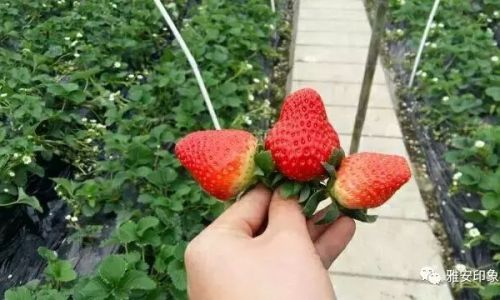
-
Seed Color: The tiny seeds (achenes) embedded in the strawberry’s flesh also signal ripeness. As the fruit matures, these seeds transition from pale yellow or green to a darker shade, often brown or red. While not all varieties follow this pattern, a majority do, making seed color a useful secondary indicator.
-
Calyx Appearance: The green, leafy cap (calyx) at the top of the strawberry should be fresh, vibrant, and firmly attached. A wilted or brown calyx suggests the berry is past its prime or was harvested too early.
-
Glossy Finish: Ripe strawberries often have a subtle sheen on their surface, a result of natural waxes developing during maturation. Dull or matte skin may indicate overripeness or improper storage.
Texture and Feel: The Tactile Test
While color provides initial guidance, texture is equally critical. A strawberry’s firmness reflects its ripeness and storage potential:
-
Gentle Pressure: A ripe strawberry should yield slightly to gentle pressure without feeling mushy. Use your thumb to lightly press the berry’s side; it should feel plump but resilient. Overly firm berries are likely underripe, while soft or bruised spots signal spoilage.
-
Skin Integrity: The skin of a ripe strawberry is taut and smooth, without wrinkles or shriveling. Overripe strawberries often develop a puckered texture, a sign of dehydration and cell breakdown.
-
Stem Attachment: The calyx should remain firmly attached to the berry. If it detaches easily, the strawberry may be overripe or mishandled during harvest.
Aroma: The Olfactory Indicator
A strawberry’s fragrance is a reliable indicator of ripeness, as volatile compounds responsible for its aroma develop during maturation:
-
Sweet, Floral Scent: Ripe strawberries emit a distinct, sweet smell reminiscent of candy or honey, often strongest near the calyx. If the berry lacks fragrance, it’s likely underripe.
-
Avoiding Off-Odors: Overripe strawberries may develop a fermented or sour smell, a result of yeast or mold growth. Discard berries with such odors, as they are no longer safe to eat.
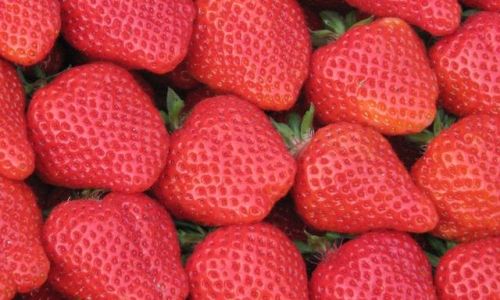
Environmental and Growth Factors
Understanding the conditions under which strawberries grow can provide context for assessing ripeness:
-
Sunlight Exposure: Strawberries require ample sunlight to develop sugars and color. Berries shaded by foliage or other fruits may ripen unevenly, with pale patches. Rotate plants or adjust trellises to ensure even light exposure.
-
Temperature: Warm days (65–80°F or 18–27°C) and cool nights promote slow, even ripening. Extreme heat can accelerate maturation, leading to soft, bland berries, while cold temperatures may stall the process.
-
Soil Contact: The underside of a strawberry, which touches the soil or bedding, often ripens slower than the exposed top. Gently lift the berry to check for uniform color; a pale base indicates it needs more time.
Harvesting Techniques: Timing Is Everything
Proper harvesting methods preserve the berry’s quality and prevent damage:
-
When to Pick: Harvest strawberries when they’re fully colored but still firm. Avoid waiting until they soften on the plant, as this increases susceptibility to pests and rot.
-
Using the Right Tools: Use small scissors or garden snips to cut the stem about ½ inch (1.3 cm) below the calyx. Pulling berries by hand can bruise the fruit or damage the plant.
-
Handling with Care: Place harvested strawberries in shallow containers to avoid crushing. Avoid stacking berries more than two layers deep, as their weight can cause bruising.
Storage Tips to Maintain Freshness
Even perfectly ripe strawberries have a short shelf life. Proper storage extends their usability:
-
Refrigeration: Store unwashed strawberries in the refrigerator’s crisper drawer, ideally in a single layer on a paper towel-lined tray. This absorbs excess moisture and prevents mold.
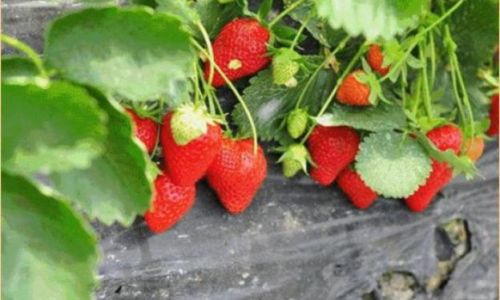
-
Washing Only Before Use: Rinse strawberries just before eating to retain their texture. Washing too early accelerates spoilage.
-
Freezing for Long-Term Use: For excess berries, hull and freeze them on a baking sheet before transferring to airtight containers. Frozen strawberries are ideal for smoothies, jams, or baked goods.
Common Mistakes to Avoid
Misjudging ripeness can lead to disappointment. Here’s how to sidestep typical errors:
-
Color Myths: Relying solely on redness can be misleading. Some varieties, like white pineberries, remain pale even when ripe. Always cross-reference color with texture and aroma.
-
Size Doesn’t Equal Ripeness: Large berries aren’t necessarily sweeter. Over-fertilization or excess water can produce bloated, flavorless strawberries. Focus on other indicators instead.
-
Ignoring the Calyx: A wilted or brown calyx often means the berry was picked too early or has aged poorly. Always inspect this part during selection.
Growing Tips for Perfectly Ripe Strawberries
For gardeners, cultivating strawberries with ideal ripening conditions requires attention to detail:
-
Soil Preparation: Plant strawberries in well-drained, slightly acidic soil (pH 5.5–6.5) rich in organic matter. Amend with compost to enhance fertility.
-
Watering: Provide consistent moisture, especially during flowering and fruiting. Drip irrigation minimizes leaf wetness, reducing disease risk.
-
Mulching: Apply straw or plastic mulch to suppress weeds, retain moisture, and keep berries clean. This also prevents soil-borne pathogens from splashing onto fruits.
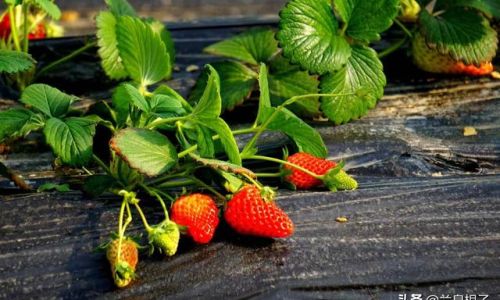
-
Pest and Disease Management: Use row covers to protect plants from pests like slugs and birds. Treat fungal issues with organic fungicides if necessary.
The Science Behind Strawberry Ripening
Understanding the biochemical processes driving ripeness adds depth to practical assessment:
-
Chlorophyll Breakdown: As strawberries mature, chlorophyll (responsible for green color) degrades, revealing red anthocyanin pigments. This process, regulated by ethylene in some fruits, occurs independently in strawberries.
-
Sugar Accumulation: Ripe strawberries contain higher levels of sucrose, glucose, and fructose, which develop as the fruit matures. These sugars enhance sweetness and balance acidity.
-
Aroma Compound Synthesis: Over 350 volatile compounds contribute to strawberry aroma, with esters like methyl anthranilate and furaneol dominating in ripe berries. These compounds peak just before full ripeness.
Conclusion: The Holistic Approach to Ripeness
Determining strawberry ripeness requires a multi-sensory approach. Combine visual inspection of color and seed development with tactile checks for firmness and olfactory tests for sweetness. Consider environmental factors like sunlight and temperature, and handle berries gently during harvest and storage. By mastering these indicators, you’ll ensure every strawberry you pick or purchase delivers the iconic flavor and texture this fruit is prized for. Whether you’re a gardener, a forager, or a shopper, patience and attention to detail will reward you with strawberries at their fleeting, perfect peak.
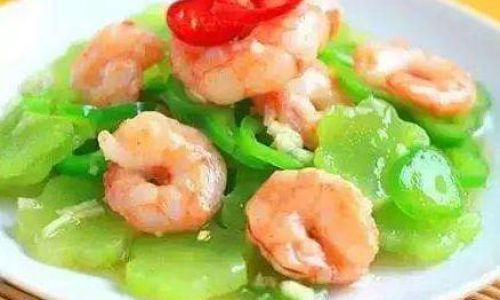
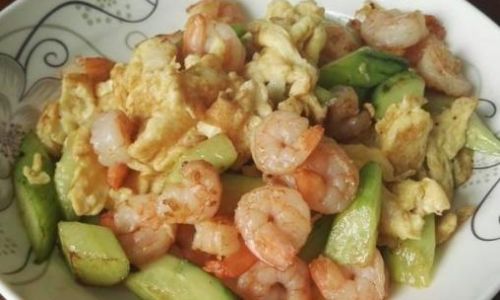
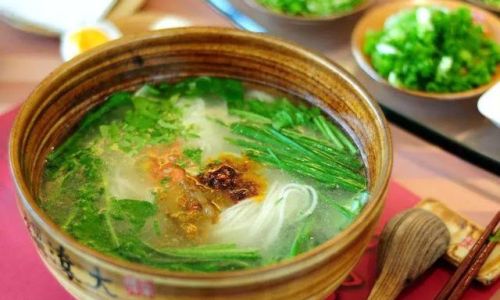
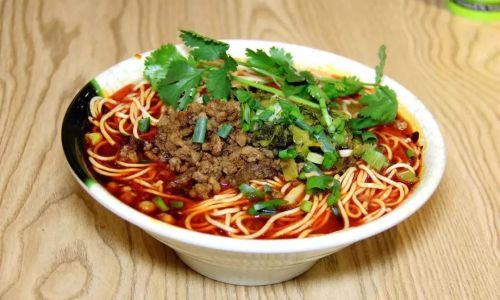
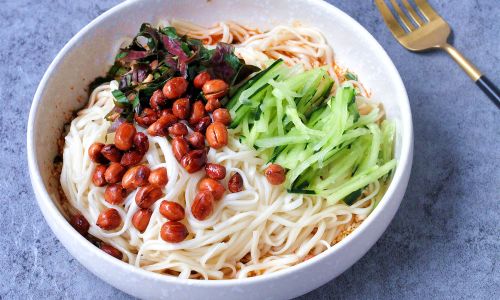
0 comments